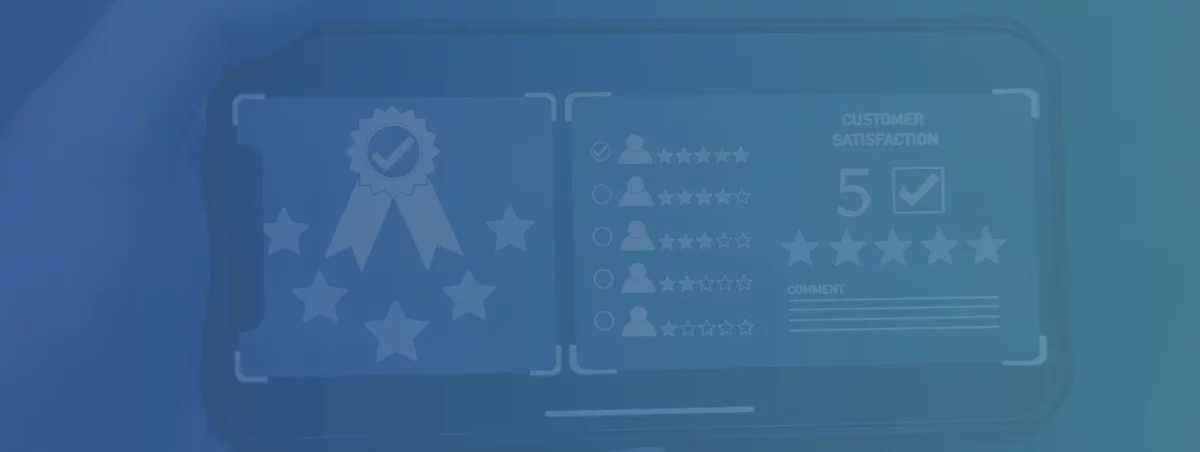Stories play a fundamental role in the essence of humanity. Since the first men shared their experiences through cave paintings, stories have been a powerful way of transmitting knowledge and values. Everything around us is made up of stories, and knowing how to drive a narrative is extremely important in the sales process. Creating a speech that engages leads and motivates them to make a purchase is a challenge, but storytelling can be an effective technique in this regard.
Would you like to know more about this technique and how it can help you keep your readers interested in what you have to say? Keep reading this article as we will explain everything you need to know about it.
What is storytelling?
Storytelling is a technique known as “the art of storytelling”. However, anyone who thinks it boils down to storytelling is mistaken. Storytelling is considered an art form as it involves using means to captivate the reader in ways that arouse their curiosity and establish an emotional connection.
This technique can be used by professionals from different areas and adds value to several approaches, not being restricted to written texts. Storytelling can be applied to conversations, videos, ads, landing pages, email marketing, social media posts and other materials.
By the way, using this tactic in the production of content for social networks is a very effective strategy. After all, these channels are often the gateway for customers to learn about a brand, be nurtured and, eventually, make a purchase.
Storytelling for sales
Yes, it is possible to use storytelling to increase sales. As previously mentioned, the communication process already begins on digital channels, with well-defined marketing and sales strategies.
This methodology can be applied at different stages of commercial communication, from attraction and pre-sales to sales and post-sales. Storytelling can make sales team approaches much more efficient.
Remember when I mentioned that everyone can benefit from the skill of storytelling? Regardless of your field of expertise, building relationships is important, and there's nothing better to break the ice and bring people together than a good story.
You probably know people who stand out for having a sales skill or a convincing “talk”. This happens because they are able to present their ideas through captivating stories that draw attention and help to visualize situations.
Now that we understand the importance of storytelling in communication, it is important to emphasize that this technique is not necessarily based on a large number of words. In fact, it contributes to the development of direct and concise content, capable of engaging and creating connections with those who are appreciating a particular piece of communication. The art is in the construction of materials using storytelling elements.
What are the elements of storytelling?
A story that moves people is one that has a beginning, middle and end, addressing relevant information. These elements are indispensable for the construction of a good plot.
But what are these elements? They are: message, character, environment and conflict. The most appropriate order to present these elements may start with the message, as the first step in building a story is to define the message you want to convey.
Message: what do you want to communicate? What is your goal with the narrative? What do you want to convey?
Character: the character is responsible for creating identification with the reader. He is the soul of the story, responsible for establishing connection and going through a journey of conflict and overcoming.
Environment: it is the scenario in which the story takes place, the context that brings the production closer to the reality of its audience.
Conflict: what's the big deal? It is the pain for which the character seeks a solution during a journey of discoveries and learning.
How to work with these elements?
Imagine yourself as a marketing services salesperson. When contacting a potential client, the first thing you will do is introduce yourself, publicize your company and talk about the benefits of your service, highlighting what differentiates you from the competition.
You will need to come up with a scenario where a character has overcome a conflict. It will tell a story with a beginning, middle and end.
In short, to build engaging storytelling, you need to know your lead. It is necessary to understand his reality, his pains, and when presenting a solution, create a connection with him.
In addition, it is essential to communicate clearly and directly, avoiding far-fetched words and endless roundabouts.
Tips for successful storytelling
Now that you understand what storytelling is and how it can boost your sales by creating connections with your audience, it's time to put what you've learned into practice.
Here are some tips that can help you through this process, making your sales pitch more engaging:
Seek inspiration: read a lot! In addition to personal development literature, read works of fiction. Watch movies and series with intriguing stories. These sources of inspiration will help you in the creative process. Also, stay informed about current affairs, as knowing what is happening around you can help create contextual scenarios for your stories.
Define the message: be clear about what you want to convey. From there, you can chart a path to reach your goal. In addition, it will be easier to identify which points you need to improve in order to answer all your client's questions.
Guide the caller from one point to another: present a story that allows your reader or listener to walk a path of discovery. Introduce your character and the conflict, contextualize the moment in which the story unfolds and provide elements that create identification with your lead. Don't forget that the story needs to make sense, so structure it with a beginning, middle, and end.
Don't romanticize problems: many people tend to romanticize certain situations. It is common to find writers smoothing over problems, which undermines the purpose of your text. Conflict is challenging, painful and full of difficulties before the definitive solution. Decreasing this process ends up minimizing your client's pain and devaluing your work.
Maintain balance in the composition: as mentioned earlier, it is important that your text is clear and concise. However, don't deliver the message right away. Also, building your character is essential. If it is superficial or has meaningless features, it will not be able to establish a connection with the reader.
Avoid clichés and stereotypes: clichés can make your text ambiguous and redundant, conveying a sense of sameness to the reader. Likewise, stereotypes can hurt your strategy. People often use stereotypes associated with jokes to break the ice. However, this can be harmful! Stereotypes related to gender, social class, beauty or culture are linked to prejudice, and you don't want to convey this message, not even as a joke, do you?
All the information presented in this article is intended to help make your sales pitches, whether written or verbal, more attractive. You can start building engaging and captivating stories by putting this knowledge into practice.
Before finishing, we would like to leave one last tip: keep looking for knowledge and sharing it. Do research to improve your selling approaches, story building, writing and speaking skills.
It will help you to become a better trader. Share your knowledge, as this is a practical way to exercise what you've learned and demonstrate that you really know what you're talking about.






















